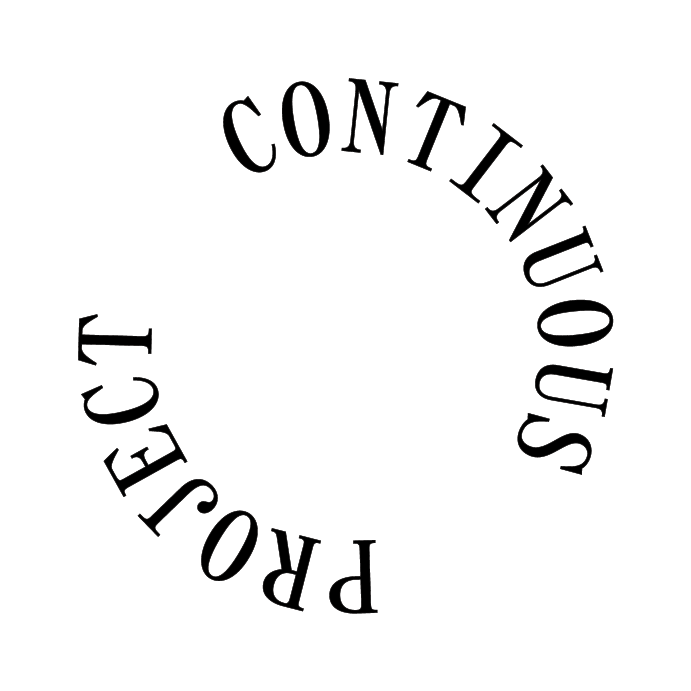What we talk about when we talk about silence
In the podcast Death of an Artist, Helen Molesworth looks at the story of artist Ana Mendieta’s death in 1985. The story is tragic and infuriating and fascinating. And while the podcast is about the story of her death, its twin subject is silence. Ana’s death silenced her. Her husband, artist Carl Andre, was accused of and acquitted of her murder, using many kinds of silence as legal strategy and for reputational preservation. Death of an Artist is a powerful and moving podcast because it’s such a detailed and nuanced look at the circumstances of Ana Mendieta’s death, a story that has been selectively and intentionally silenced for decades, and in telling the story, Helen discusses intersecting subjects that have been similarly obscured and perpetuated by silences: racial, ethnic, and gender stereotyping and bias; intimate partner violence against women; and a justice system riddled with inequities, gaps, and loopholes. For me, a listener who has spent her life working in contemporary art, the power of the story is even further amplified by its examination of the ways that silence functions in the art world more broadly. What and whom does silence protect? What harm occurs on the other side of silence, and to whom?
When the podcast was first released, I received a text from a friend who questioned Helen’s choice to weave her own career narrative into the story. At first, I suspected it was simply because the podcast is intended for an audience beyond the art world, so Helen needed to establish the terms of her engagement with the material and lay out her credentials to tell such a story: she is a trained art historian and accomplished curator of contemporary art, and she tells us that through a story from her professional life that intersects with the Mendieta-Andre narrative. Death of an Artist offers another parallel narrative obfuscated by silence: the circumstances of Helen’s firing from her “dream job” as chief curator of the Museum of Contemporary Art, Los Angeles in 2018. As the podcast progressed, I realized that the elements of Helen’s own story that do enter into the podcast are also about silence and also remain unresolved.
All of these silences are loud.
Listening each week, I remembered my younger self, just learning about contemporary art and being bowled over by both Carl Andre’s work and then Ana Mendieta’s. It took longer for me to learn of Mendieta; there were so few books about her work, and so few of my teachers included her work in discussions of “important” art. I remembered the feeling of permission her work gave me to open my work to my own autobiography. And when I later learned about the story of her death, I wondered if I could still appreciate Carl Andre’s work and whether or not the artist and the art are inextricably connected or if it’s the opposite: that the artist and the art are resolutely separate. The podcast has also reminded me of ongoing questions I have about masculine and feminine aesthetics; feminist art; the ways art gets historicized or not; what art can be and be made of; and who gets to be an artist. And it’s also surfaced the silencings I’ve experienced and the silences with which I’ve been complicit throughout my life and my career, silences that hurt me and silences that helped me, personally and professionally. It’s made me think about what we talk about when we talk about silence, and it makes me wonder right along with Helen: How might talking through the silences allow our field to evolve toward the liberation and inclusiveness that many of us hoped we’d find when we entered into the art world?
Ideas & Resources
for Art Workers
This month’s highlight from the ideas and resources Doc: CalSavers! CalSavers is a long term savings plan open to individuals and self-employed people, and it’s also the public option for compliance with California’s state law mandating that all businesses with 5 or more employees offer a long term savings plan. The deadline for enrollment for businesses with 5 employees was last June, but the law is expanding to encompass all businesses with at least one employee who is not the owner of the business beginning in January 2023. If you’re not ready for or interested in a private option, the state is offering CalSavers as a public alternative. As described by the Employment Development Department, “CalSavers is a retirement savings program for private sector workers whose employers do not offer a retirement plan. This program gives employers an easy way to help their employees save for retirement, with no employer fees, no fiduciary liability, and minimal employer responsibilities.” I know based on my conversations with clients that many art workers out there are not saving for the future. There are an array of unique and shared obstacles to saving for the long term, and one of them is choice: I hear from clients that they get frustrated by trying to choose a bank or firm and then trying to choose where to allocate their savings. Many people I work with want their savings to be invested in a way that’s values-aligned and get overwhelmed by the financial systems that govern long term savings. If this describes you, CalSavers might be a comfortable option. They offer Environmental-Social-Governance funds, Global Equity funds, bonds, and more so that you can create the investment mix that works for you amid limited options that might be more values-aligned for you than what you’ll find at a private investment firm. As always, do some research to determine what’s best for you and your circumstances so you can start—or increase—your savings for the future.
